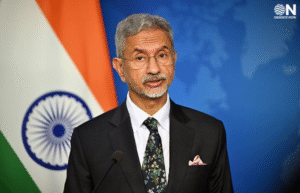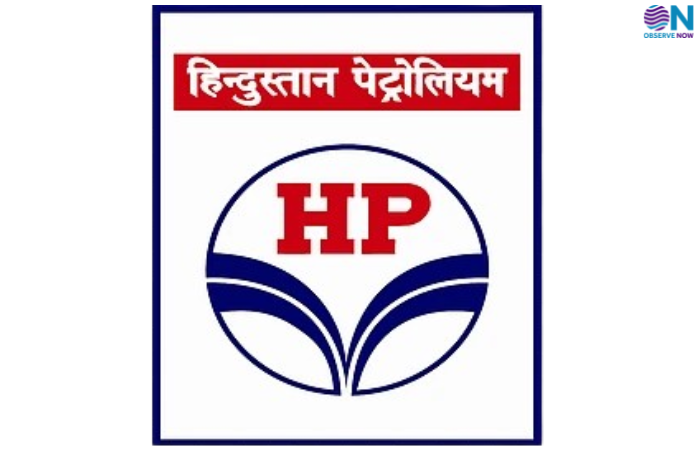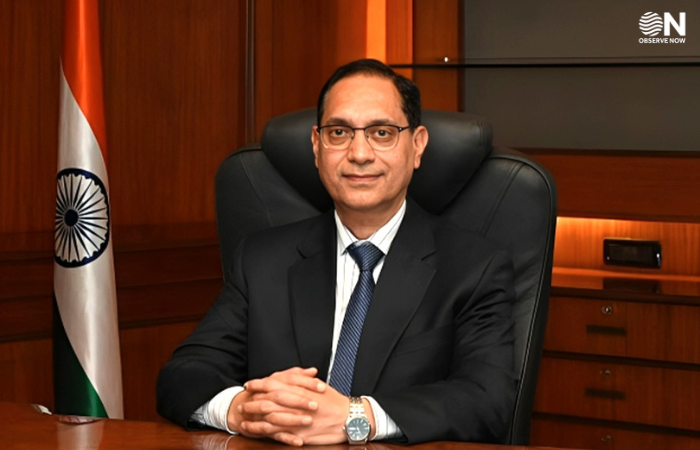Ola’s AI Venture Krutrim Partners with Cloudera to Boost AI and Data Capabilities in India
Ola Group’s AI-focused cloud platform, Krutrim, has entered into a strategic partnership with Cloudera, a leading data and AI software company, to enhance large-scale analytics and data lake management on Krutrim Cloud. This collaboration is aimed at strengthening Krutrim’s AI-driven capabilities by leveraging Cloudera’s advanced data infrastructure and analytics tools. The partnership was officially announced during Cloudera’s Evolve25 event in Singapore, underscoring the shared commitment of both companies to accelerate AI innovation and data-driven transformation in India.
Krutrim, positioned as India’s sovereign cloud platform, focuses on providing cloud infrastructure tailored to meet the specific needs of the Indian market. The alliance with Cloudera enables Krutrim to integrate robust data engineering and AI model development capabilities into its cloud offerings. By adopting Cloudera’s data and AI platform, Krutrim aims to optimize its management of large-scale data lakes and accelerate AI training and inference processes. This, in turn, will help enterprises leverage AI for better decision-making and operational efficiency.
Navendu Agarwal, Senior Vice President and Head of Business at Krutrim, highlighted the importance of building a cloud ecosystem with deep integration across infrastructure, data, and AI, tailored to serve India’s unique requirements. The partnership reflects a strategic move to build a scalable, cost-effective AI infrastructure that can support the growing demand for AI-powered applications in various industries, including transportation, finance, healthcare, and more.
By combining Krutrim’s localized approach with Cloudera’s proven expertise in data management and AI technologies, the collaboration aims to create a sovereign AI cloud ecosystem that empowers Indian enterprises to innovate faster. This effort aligns with the broader national vision to position India as a global leader in AI adoption and digital transformation. With Cloudera’s platform, Krutrim will provide enterprises with enhanced capabilities to process massive volumes of data, apply advanced analytics, and develop AI models that can deliver actionable insights.
The partnership is also expected to benefit other enterprise clients who use Krutrim Cloud by offering improved AI-driven data operations and analytics capabilities. This can lead to better customer experiences, streamlined business processes, and the ability to quickly respond to market changes. Additionally, the integration of Cloudera’s technology will facilitate Krutrim’s ability to manage data governance and security, which are critical factors for cloud adoption, especially in regulated industries.
Overall, this collaboration marks a significant milestone in the evolution of India’s AI and cloud landscape. It demonstrates the growing emphasis on building indigenous technology platforms that cater to local market needs while harnessing global technological advancements. As AI continues to transform industries worldwide, partnerships like that of Krutrim and Cloudera play a crucial role in making advanced AI and data technologies accessible and practical for Indian businesses.
This move not only enhances the AI capabilities of Ola’s cloud platform but also contributes to the development of a strong data infrastructure in India. By fostering innovation and supporting the deployment of scalable AI applications, the Krutrim-Cloudera partnership is set to accelerate digital transformation across multiple sectors. As enterprises increasingly rely on AI to drive growth and efficiency, this alliance provides them with the tools and infrastructure necessary to compete on a global scale while addressing the specific challenges of the Indian market.
In conclusion, the partnership between Krutrim and Cloudera is a forward-looking initiative that promises to expand the reach of AI technologies in India. It underscores the importance of collaboration between domestic cloud providers and global technology leaders to build resilient, scalable, and AI-enabled cloud ecosystems. This strategic alliance is expected to propel India’s AI ambitions forward and create new opportunities for enterprises to harness the power of data-driven innovation.

















